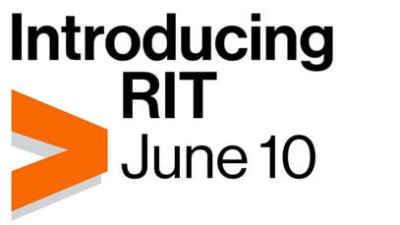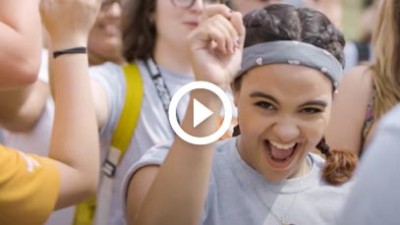Inverse Problems Seminar: The Elastic Inverse Problem - In Search of Boundary Conditions

Inverse Problems Seminar
The Elastic Inverse Problem: In Search of Boundary Conditions
Dr. Michael Richards
Assistant Professor
Department of Biomedical Engineering, KGCOE
Register Here for Zoom Link
Abstract:
Elasticity Imaging, or elastography, is a technique that utilizes image sequences of deforming soft tissues, typically acquired with common clinical modalities such as ultrasound or MRI, to measure and quantify their deformations or displacement fields. With careful considerations of the tissues constitutive behavior, the measured deformations can then be used to solve the mechanical inverse problem. A common constitutive assumption for many applications is that the tissue can be approximated as linear elastic, incompressible and deforming quasi-statically. If clinical ultrasound is used to measure the deformation, an additional assumption of plane strain or plane stress may also made to accommodate the 2D image data. With the constitutive assumptions, a finite element approximation is often used to iteratively solve the weak form of the forward elastic problem, with continuous updates to the mechanical properties (i.e. the shear modulus field) until the measured data sufficiently matches the model predicted deformations. With these finite element techniques, however, solving the forward elastic problem requires knowledge of forces or displacements on the boundary of the entire problem domain. In the past, these boundary conditions were either assumed or measured displacement data were used. This talk will introduce and examine the problems and errors introduced by assuming boundary conditions or using measured data. It will also discuss one novel strategy for searching for boundary conditions, in addition to the mechanical properties, and compare modulus reconstructions performed with assumptions to those where the boundary conditions were recovered. Example reconstructions will be given for simulated data applicable to breast cancer and vascular pathologies. A potential future application of the technique to musculoskeletal disorders will also be discussed.
Speaker Bio:
Dr. Richards received his Bachelor of Science with in Biomedical Engineering from the University of Rochester followed by a PhD in Biomedical Engineering from Boston University. His postdoctoral training was completed in the Department of Radiology, Basic Radiological Sciences Division at the University of Michigan and at the University of Rochester, Department of Electrical and Computer Engineering. Currently, he is an Assistant Professor of Biomedical Engineering at Rochester Institute of Technology and an Adjunct Assistant Professor in the Department of Surgery the University of Rochester Medical Center. His research interests focus on the biomechanics of soft tissues and measuring the changes in mechanical properties of diseased tissues using clinical imaging modalities. His research is focused on the development, validation and implementation of Elasticity Imaging, or Elastography, for applications to a wide variety of pathologies, including the diagnosis and monitoring of vascular diseases, assessment of musculoskeletal disorder severity and guiding strategies for physical therapy and breast cancer diagnosis. Elasticity Imaging is a technique that offers the ability to provide physicians with entirely new, noninvasive diagnostic information (e.g. tissue mechanical properties and states) using established medical imaging techniques such as clinical ultrasound.
Intended Audience:
Undergraduates, graduates, and experts. Those with interest in the topic.
Keep up with Inverse Problems Seminars on the Inverse Problems Seminar webpage.
To request an interpreter, please visit myaccess.rit.edu
Event Snapshot
When and Where
Who
Open to the Public
Interpreter Requested?
No








